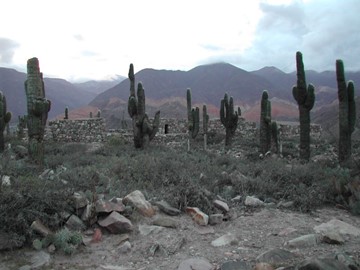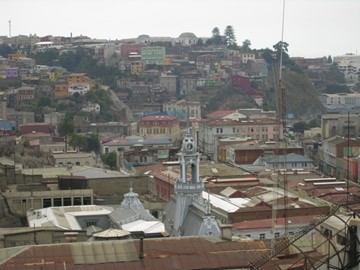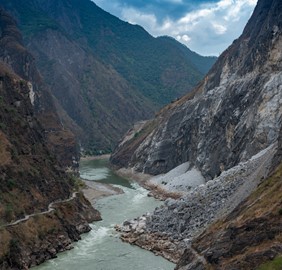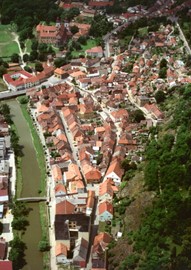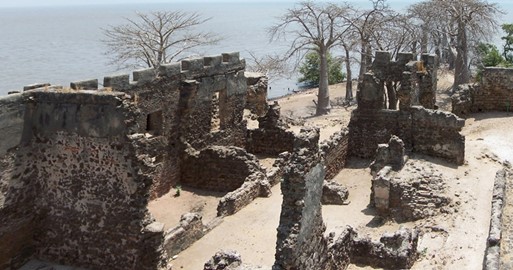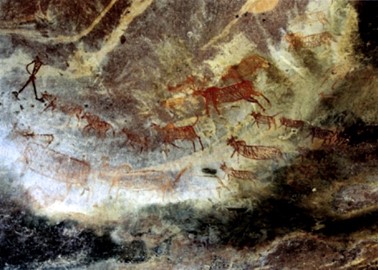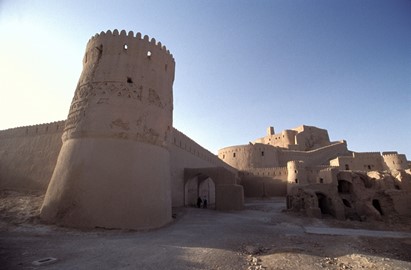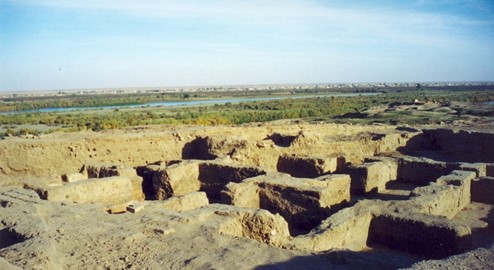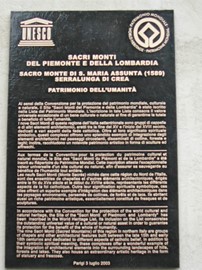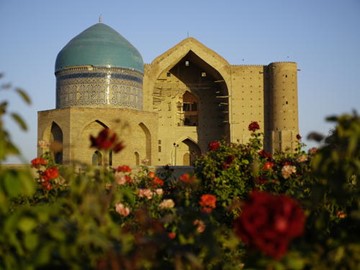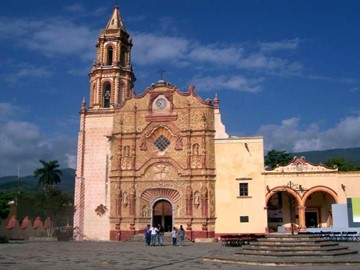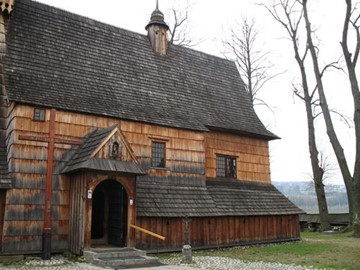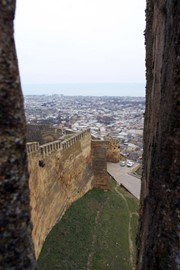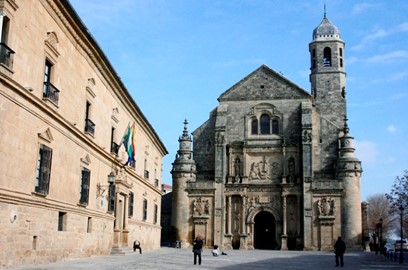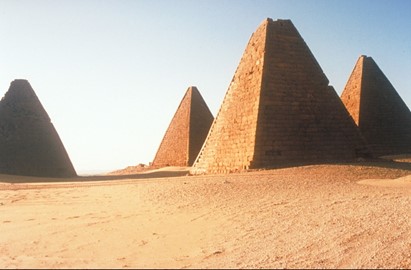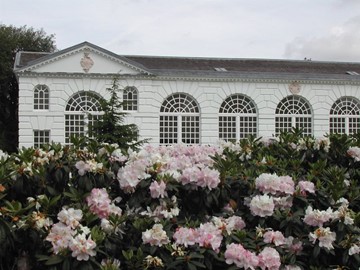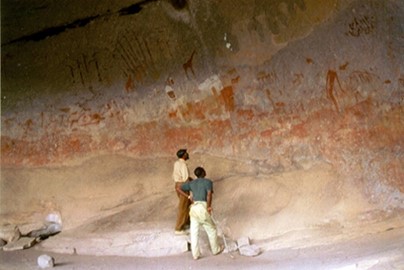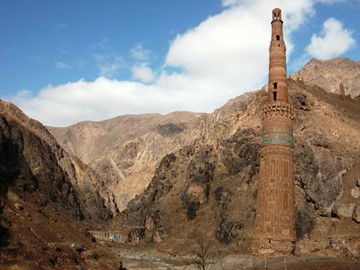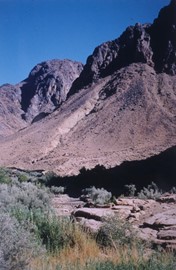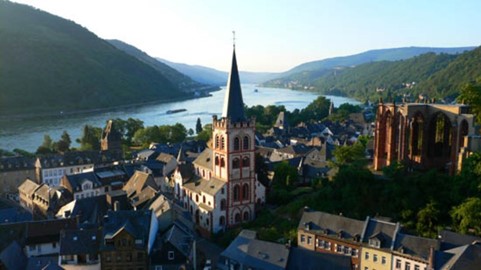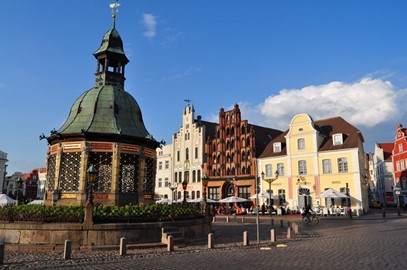search
Quebrada de Humahuaca
Quebrada de Humahuaca, a UNESCO World Heritage site in Argentina, recognized in 2003, is a dramatic Andean valley tracing 10,000 years of human history along an ancient Inca trade route. Featuring colorful rock formations, pre-Columbian villages, and colonial towns like Humahuaca, it reflects a vibrant cultural mosaic of Indigenous and Spanish influences. This site showcases Argentina’s rich heritage, blending natural splendor with a deep historical narrative.
Purnululu
Purnululu, a UNESCO World Heritage site in Australia, is a remote geological marvel famed for its striking beehive-shaped sandstone domes. Sculpted over millions of years by erosion, these orange-and-black striped formations rise from the arid landscape, creating a surreal vista. The site harbors unique desert ecosystems, supporting rare flora and fauna adapted to its harsh conditions. Sacred to Indigenous peoples, Purnululu blends cultural significance with natural wonder, standing as a testament to Earth’... Read More
Valparaíso
Valparaíso, a UNESCO World Heritage site in Chile, is a vibrant port city renowned for its 19th-century urban and architectural heritage. Its colorful hillside neighborhoods, funiculars, and eclectic buildings reflect its role as a key Pacific trade hub before the Panama Canal’s rise. Recognized for its cultural and historical value, it stands as a testament to Chile’s maritime and cosmopolitan past.
Three Parallel Rivers of Yunnan
The Three Parallel Rivers of Yunnan, a UNESCO World Heritage site in China, is a dramatic landscape where three major rivers carve deep gorges through towering mountains. This unique geological formation supports an extraordinary range of ecosystems, from alpine peaks to subtropical forests, hosting rare species like the snow leopard. Its stunning natural beauty and biodiversity make it a global treasure of ecological significance.
Trebic Jewish Quarter
The Trebic Jewish Quarter, a UNESCO World Heritage site in Czechia, is a well-preserved historic enclave showcasing centuries of Jewish life in Europe. Featuring narrow streets, synagogues, and a vast cemetery, it reflects a unique cultural heritage from the Middle Ages to the 20th century. This site offers a poignant glimpse into a vibrant community’s past.
Kunta Kinteh
Kunta Kinteh, a UNESCO World Heritage site in Gambia, is a historic island and related sites that testify to the African-European encounter from the 15th to 19th centuries. Once a key trading post along a major river, it played a significant role in the early slave trade and its eventual abolition. The site features ruins of forts, colonial buildings, and villages, reflecting a complex cultural exchange. Its fragile remnants, preserved as a poignant reminder of history, hold deep symbolic value for the Afri... Read More
Rock Shelters of Bhimbetka
The Rock Shelters of Bhimbetka, a UNESCO World Heritage site in India, are a remarkable collection of prehistoric rock art and archaeological remains spanning over 100,000 years. Discovered in 1957, these natural shelters showcase paintings from the Paleolithic to medieval periods, depicting daily life, animals, and rituals of ancient inhabitants. The site offers invaluable insights into human evolution and cultural development, preserved within its rugged sandstone formations.
Takht e Soleyman
Takht-e Soleyman, a UNESCO World Heritage site in Iran, is an ancient archaeological complex renowned for its historical and cultural significance. Dating back to the Sassanid era, it features a fortified citadel, a fire temple, and a serene lake, reflecting Zoroastrian influences and centuries of Persian civilization. The site’s well-preserved ruins and natural setting offer a glimpse into Iran’s rich past, making it a key destination for understanding the region’s heritage.
Ashur
Ashur, a UNESCO World Heritage site in Iraq, is an ancient Mesopotamian city that served as the first capital of the Assyrian Empire. Renowned for its archaeological remains, it features temples, ziggurats, and palaces dating back over 4,000 years, illustrating the region’s early urban development. This historic site highlights the cultural and religious significance of one of the world’s earliest civilizations.
White City of Tel Aviv
The White City of Tel-Aviv, a UNESCO World Heritage site in Israel, is renowned for its exceptional collection of modernist architecture from the 1930s and 1940s. Designed by European Bauhaus-trained architects, its white concrete buildings exemplify functional design and urban planning tailored to a Mediterranean climate. This distinctive urban landscape reflects a fusion of cultural influences and innovative 20th-century architectural principles.
Sacri Monti
The Sacri Monti of Piedmont and Lombardy, a UNESCO World Heritage site in Italy, consist of nine sacred mountain complexes built between the 15th and 17th centuries. These sites feature chapels, statues, and frescoes depicting biblical scenes, designed as pilgrimage destinations blending art, architecture, and natural landscapes. Recognized for their historical and spiritual value, they exemplify Renaissance and Counter-Reformation devotional practices.
Mausoleum of Khoja Ahmed Yasawi
The Mausoleum of Khoja Ahmed Yasawi, a UNESCO World Heritage site in Kazakhstan, is an architectural masterpiece from the Timurid era, showcasing intricate tilework and a monumental dome. Built in the late 14th century, it serves as a tribute to a revered historical figure and features an unfinished yet grand design with ornate interiors. Its cultural significance lies in its blend of artistic and structural innovation, reflecting the heritage of the region.
Franciscan Missions in the Sierra Gorda
The Franciscan Missions in the Sierra Gorda, a UNESCO World Heritage site in Mexico, are a remarkable example of 18th-century colonial architecture and religious heritage. Built by Franciscan friars between 1750 and 1760, these five missions—featuring ornate facades and intricate Baroque designs—served to evangelize indigenous communities. Their historical significance and well-preserved condition highlight their role in shaping the region’s cultural landscape, earning them global recognition.
Wooden Churches of Southern Malopolska
The Wooden Churches of Southern Małopolska, a UNESCO World Heritage site in Poland, are a remarkable collection of medieval Roman Catholic churches built using the horizontal log technique, a method prevalent in Northern and Eastern Europe during the Middle Ages. Constructed between the 14th and 16th centuries, these Gothic-style churches feature intricate polychrome interiors and unique architectural designs, reflecting the craftsmanship and cultural heritage of the region. Sponsored by noble families as s... Read More
Derbent
Derbent, a UNESCO World Heritage site in Russia, is an ancient city renowned for its historical and cultural significance. Founded in the 8th century, it boasts a well-preserved citadel, massive defensive walls, and a strategic location along the Caspian Sea, reflecting its role as a key stronghold in the region. The site showcases a blend of Persian, Islamic, and Russian influences, evident in its architecture and artifacts. Derbent stands as a testament to centuries of civilization and trade along the Sil... Read More
Mapungubwe
Mapungubwe, a UNESCO World Heritage site in South Africa, was a thriving Iron Age kingdom from the 11th to 13th centuries, known for its advanced gold-working techniques and extensive trade networks across southern Africa and beyond. Archaeological discoveries, including a famous golden rhinoceros figurine, highlight its cultural and economic significance as one of the region’s earliest complex societies. The site’s hilltop ruins and artifacts offer valuable insights into precolonial African history and its... Read More
Úbeda and Baeza
Úbeda and Baeza, recognized as a UNESCO World Heritage site in Spain, are two historic towns renowned for their exceptional Renaissance architecture and urban planning. Úbeda boasts impressive monuments like the Sacra Capilla del Salvador and the Palacio de las Cadenas, reflecting the wealth and influence of its 16th-century nobility. Baeza, equally captivating, features landmarks such as the Baeza Cathedral and the Jabalquinto Palace, showcasing a blend of Gothic, Renaissance, and Plateresque styles. Toget... Read More
Gebel Barkal
Gebel Barkal, a UNESCO World Heritage site in Sudan, is a small mountain revered for its historical and cultural significance. It served as a royal cemetery during the ancient Kingdom of Kush and features well-preserved pyramids, temples, and palaces dating back to the 15th century BCE. The site is also notable for its association with the Egyptian god Amun, whose temple lies at the mountain's base, reflecting its role as a key religious center in antiquity. Today, it stands as a testament to the region's r... Read More
Kew Gardens
The Royal Botanic Gardens, Kew, a UNESCO World Heritage site in the UK, is a historic botanical garden renowned for its extensive plant collections and scientific research. Established in 1759, it houses over 50,000 species of plants, including rare and endangered varieties, within its beautifully landscaped grounds. Kew also features iconic structures like the Palm House and the Temperate House, alongside the world’s largest herbarium, making it a global leader in plant conservation and biodiversity studie... Read More
Phong Nha Ke Bang
Phong Nha-Ke Bang, a UNESCO World Heritage site in Vietnam, is renowned for its extensive limestone karsts, vast cave systems, and rich biodiversity. It features some of the world’s largest and most spectacular caves, including Son Doong, alongside underground rivers and unique geological formations. The site also harbors diverse ecosystems with rare flora and fauna, making it a significant natural treasure and a global conservation priority.
Matobo Hills
The Matobo Hills, a UNESCO World Heritage site in Zimbabwe, is a striking cultural landscape renowned for its dramatic granite rock formations and ancient rock art. Formed over 2 billion years ago, the hills feature unique kopjes and boulders that have sheltered human communities since the Stone Age, leaving behind a rich legacy of paintings dating back 13,000 years. This site also holds deep spiritual significance, tied to the Mwari religion, and showcases a blend of natural beauty and historical importanc... Read More
Minaret of Jam
The Minaret of Jam, a UNESCO World Heritage site in Afghanistan, recognized in 2002 and listed as World Heritage in Danger, is a 12th-century brick tower standing 65 meters tall, built by the Ghurid Dynasty in a remote river valley. Adorned with intricate stucco and tile work, it reflects Islamic architectural brilliance and marks a once-thriving medieval city now lost to time. This isolated monument showcases Afghanistan’s cultural heritage, enduring despite erosion and conflict threats.
Saint Catherine Area
The Saint Catherine Area, a UNESCO World Heritage site in Egypt, is a sacred desert landscape centered around the 6th-century Saint Catherine’s Monastery. Nestled beneath rugged mountains, it features ancient manuscripts and a chapel atop Mount Sinai, tied to biblical history. This site blends spiritual significance with natural grandeur.
Upper Middle Rhine Valley
The Upper Middle Rhine Valley, a UNESCO World Heritage site in Germany, is a picturesque stretch of river landscape famed for its dramatic beauty and historical significance. Steep vineyard-covered slopes rise above the Rhine, dotted with medieval castles and charming villages. This romantic valley has inspired poets, artists, and composers for centuries. Its strategic location shaped trade and culture in Central Europe. The site blends natural splendor with a rich tapestry of human heritage. It stands as a... Read More
Stralsund and Wismar
Stralsund and Wismar, a UNESCO World Heritage site in Germany, are medieval Hanseatic towns renowned for their well-preserved Gothic brick architecture. Featuring grand churches, gabled houses, and historic marketplaces, they reflect the prosperity of the Hanseatic League’s trading network. These coastal settlements showcase a blend of maritime heritage and urban planning from the 13th and 14th centuries. Their robust fortifications and warehouses highlight their strategic importance in Northern Europe. Thi... Read More
